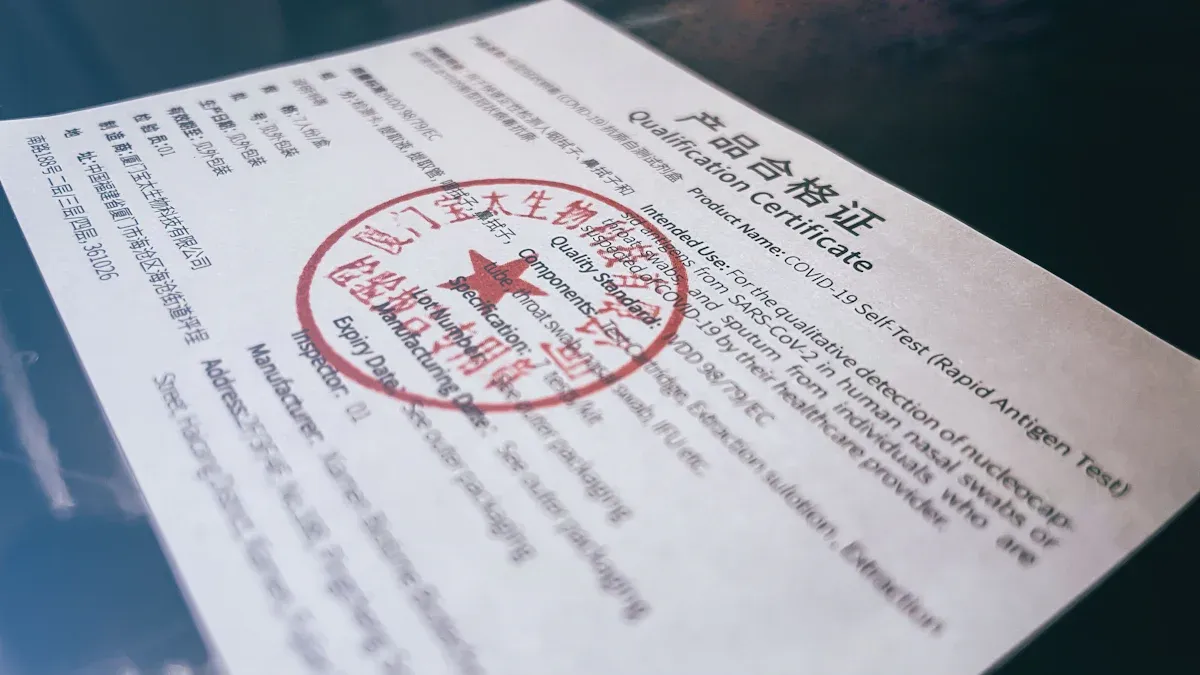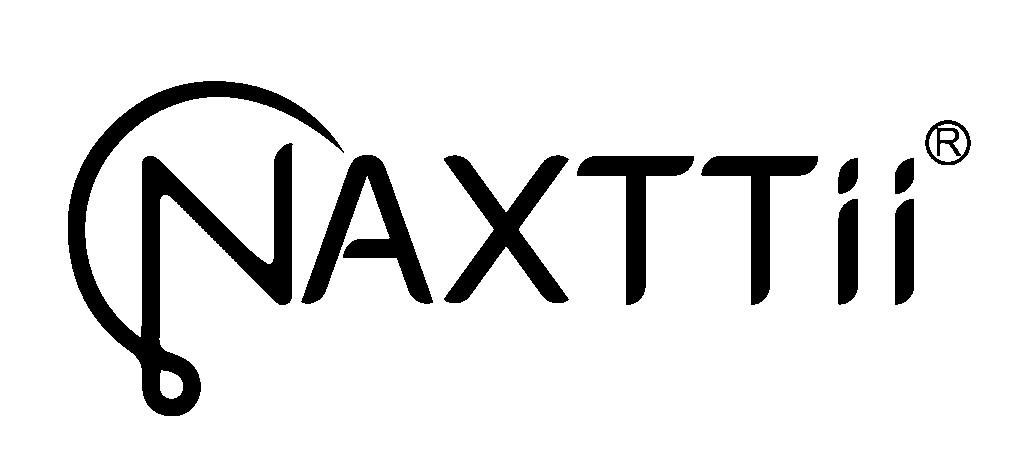How to Read Batch Testing Certificates
Table of Contents

You can verify a product’s quality and safety with its lab report. This report is often called a Certificate of Analysis, or COA. Many products are mislabeled, so consumers must check them. Recent studies show significant inaccuracies in product labels.
| Category of Mislabelling | Percentage of Products |
|---|---|
| Exceeding label claim | 46% |
| Meeting label claim | 26% |
| Not meeting label claim | 28% |
You can easily learn to read a COA. The process is simple. You just need to check three key areas: basic info, potency, and safety. This knowledge helps you build trust in the brands you choose. Understanding batch testing certificates empowers you to make confident purchases with this important certificate.
WHAT IS A CERTIFICATE OF ANALYSIS (COA)?

You can think of a Certificate of Analysis (COA) as a product’s official report card. It is a document from a laboratory that confirms a product meets certain specifications. A COA provides a full breakdown of the testing results for a specific batch. This certificate is your best tool for verifying a product’s safety and accuracy. Reputable brands provide this document to show they are transparent about their quality.
Understanding Product Compliance
A COA demonstrates that a product complies with rules set by a regulatory body. These rules can change depending on the product and your location. The U.S. government does not have a federal mandate for a COA on all products. However, many states have their own laws. States like Indiana require a COA for CBD products, while others like California have clear testing rules for cannabis. A regulatory framework for COAs exists across many sectors.
Industries with COA Standards 📝
- Agriculture
- Food and Beverage
- Pharmaceuticals
- Clinical Research
This is why you must check the certificate of analysis yourself. It proves the product you are holding meets local legal standards.
Ensuring Batch Consistency
A COA also ensures that every product in a batch is consistent. Janet Woodcock of the FDA defines a high-quality product as one that reliably provides the benefits promised on its label. Natural products can vary. This makes consistent quality a challenge. Batch testing certificates help solve this problem. The testing process confirms that each batch has the same strength and purity as the last one. Inconsistent batches can lead to unreliable effects. For some medical therapies, a failed batch means a patient may not receive a critical treatment on time. A detailed COA gives you confidence that the product will perform as expected every single time.
HOW TO READ A COA: THE BASICS
You are now ready to read a COA. The first step is to check the document’s basic information. This ensures the report you are viewing belongs to the exact product you are holding. A quick check of these details builds a foundation of trust.
Match the Batch or Lot Number
You must first match your product to its specific report. Look for a “batch number,” “lot number,” or “lot code” on the product’s packaging or label. This unique code identifies a specific group of products made at the same time. Once you find the number, you need to locate the COA.
Many companies make this easy. They place a QR code on the label. You can scan this code with your phone. It will take you directly to a webpage with the third-party lab-verified test results. For example, brands like Maesa and Whole Truth Foods use QR codes to link you to a product’s COA. Some states, like Florida, even require QR codes on certain products for authentication. This technology helps you trace the product’s journey and verify its information. If there is no QR code, you can usually find the COA on the brand’s website by entering the batch number. A correct match confirms the report is for your specific item.
Verify the Lab and Report Date
Next, you should verify who performed the testing and when. This information is crucial for confirming the report’s credibility. A trustworthy COA will always come from an independent, third-party laboratory, not the brand itself.
ISO/IEC 17025: The Gold Standard for Labs 🏆 An accredited lab follows strict international standards. ISO/IEC 17025 is the primary standard for testing laboratory competence. It proves the lab can produce accurate and reliable results. When you see this accreditation on a COA, you can trust the data. This standard also helps get results accepted across countries, which supports global trade.
After confirming the lab’s credentials, check the date on the report. The testing date should be recent and correspond to the batch you purchased. An old report may not reflect the quality of the current product. A verifiable COA from a recent test provides the most accurate information.
Learning to identify and read a COA involves a few key checks. Use this list to guide you:
- Compare Specifications: Check that the results on the COA meet the product’s claims and acceptable limits.
- Check Testing Methods: Ensure the lab used validated and recognized testing methods for reliable results.
- Confirm Approval: Look for a signature from an authorized person. This confirms the analysis was reviewed and approved.
Following these steps will help you read a COA with confidence. These batch testing certificates are your best tool for confirming product quality.
ANALYZING POTENCY AND PROFILE
After you confirm the basics, you can analyze the product’s potency. This section of the coa shows you the exact amount of active ingredients inside. It helps you understand what you are truly getting.
Compare Potency to the Product Label
You should first compare the potency on the coa to the product label. Look for the total milligrams (mg) of compounds like CBD. The amount on the report should be close to the amount advertised. Minor differences are normal. Some states even have rules for acceptable variance.
| State | Permitted Potency Variance |
|---|---|
| California | +/- 10% for THC concentration |
| Colorado | +/- 15% for cannabinoid servings ≥ 2.5 mg |
A key number to check is the Delta-9 THC level. The 2018 Farm Bill sets the federal legal limit for THC in hemp products at 0.3% by dry weight. Your coa must show the THC content is at or below this limit. This check ensures your CBD product is legal.
Understand Cannabinoid and Terpene Content
A good report provides a full cannabinoid profile. This profile lists all the cannabinoids detected in the product. Besides the main cannabinoid like CBD, you will see minor ones. These often include:
- CBG (Cannabigerol)
- CBN (Cannabinol)
- CBC (Cannabichromene)
- Acidic forms like CBDA and CBGA
Labs use advanced methods to find this information. High-performance liquid chromatography (HPLC) is a popular and accurate method for testing cannabinoid potency, including CBD and THC. Gas chromatography (GC) is often used for terpenes because these compounds are volatile.
The full cannabinoid profile helps you understand the product’s potential effects. A product with a rich cannabinoid and terpene list may offer different benefits than a CBD isolate.
Key Terms: ND and LOQ
You will see some technical terms in the cannabinoid section. Two important ones are ‘ND’ and ‘LOQ’.
ND stands for Not Detected. This means the lab’s equipment did not find any of that specific cannabinoid. However, it does not mean the amount is zero. It just means the level was below the lab’s Limit of Detection (LOD).
LOQ means Limit of Quantitation. This is the smallest amount of a cannabinoid the lab can measure accurately. If a result says <LOQ, the cannabinoid was detected but in an amount too small to quantify precisely. Understanding these terms helps you correctly interpret the product’s true cannabinoid content from the product label.
REVIEWING SAFETY AND CONTAMINANTS
You must review the safety section of the coa. This part shows if the product contains any harmful contaminants. A reputable brand always performs comprehensive safety testing. The report details the results for several types of contaminants. Proper testing for contaminants ensures the product is safe for you to use.
Pesticide Screen
This test checks for pesticides used during the plant’s cultivation. The Environmental Protection Agency (EPA) sets safety limits, called tolerances, for pesticide residues on crops. This regulation helps protect you from unsafe exposure. Your product’s coa should show a “Pass” result. This means any detected pesticide levels are below the legal safety limit.
Heavy Metals Screen
Plants can absorb heavy metals like lead, arsenic, and nickel from the soil or water. Long-term exposure to these metals can cause health problems.
Health Risks from Heavy Metals ⚠️
- Increased cancer risk from accumulation in the body.
- Allergic reactions from metals like nickel.
- Cellular and DNA damage.
The safety test results on the report will show if these metals are present. You should look for a “Pass” status, which confirms the levels are not dangerous.
Residual Solvents Screen
Solvents like ethanol or butane are sometimes used to extract compounds from the plant. This part of the safety testing checks if any of these solvents remain in the final product. Solvents are grouped into classes based on their risk.
- Class 1: Solvents to be avoided (e.g., Benzene).
- Class 2: Solvents to be limited (e.g., Hexane).
- Class 3: Solvents with low toxic potential (e.g., Ethanol).
A clean report shows no harmful solvents are present above the accepted safety limits.
Microbial and Mycotoxin Screen
This screening looks for harmful contaminants like bacteria, mold, and yeast. You want to avoid pathogens like Salmonella and E. coli. The testing also checks for mycotoxins, which are toxic substances produced by certain molds. Mycotoxins like aflatoxins are dangerous even in small amounts. The safety test results must show a “Pass” for all microbial and mycotoxin testing to ensure the product is clean.
RED FLAGS ON BATCH TESTING CERTIFICATES

You must know the red flags to watch out for on a lab report. These warning signs help you avoid low-quality or unsafe products. Some flags are obvious, while others are more subtle. Learning to spot them is a key skill for any informed consumer.
Mismatched or Missing Information
You should first check for mismatched information. The potency on the coa should align with the product label. A report showing much lower potency is misleading. You must also verify the Delta-9 THC level. The THC content cannot be over the 0.3% federal limit. Any report showing higher THC levels means the product is federally illegal.
A partial report is another major concern. A brand might only show you the potency results. This can be
misleadingbecause it hides failed safety tests. Somemisleadingcompanies even create fake reports without doing any analysis, a practice known as ‘dry labbing’.
Failed Safety Tests
A “Fail” status on any safety test is a serious problem. This result means the product contains unsafe levels of contaminants. You should never use a product that fails a safety test. Companies face serious trouble for selling products with misleading reports.
- Fines and Recalls: The FDA can issue multimillion-dollar fines and force recalls for products with
misleadingor failedbatch testing certificates. - Criminal Charges: In severe cases, executives can face prison time for knowingly selling unsafe products.
- Lawsuits: A company can be sued if its
misleadingproduct causes harm.
These consequences show why a “Pass” on all tests is so important.
In-House vs. Third-Party Reports
You should always question who performed the testing. A report from the brand’s own lab is not as reliable as one from an independent lab. In-house reports can be biased and misleading.
🧐 Why Third-Party
TestingMatters An independent lab has no financial stake in the product. This ensures the results are unbiased. Third-partybatch testing certificatesprovide transparent and trustworthy proof of a product’s quality.
A brand that uses a third-party lab shows it is confident in its product. This commitment to transparency is a hallmark of a reputable company.
You now know how to read a COA. You can find the certificate, match the batch number, check potency, and confirm all safety tests have passed. A complete certificate of analysis builds trust and shows a brand’s commitment to quality. This knowledge empowers consumers to demand safe and accurately labeled products.
The Future of Transparency 🔮 Soon, consumers can expect even better tools. New technologies like AI-driven testing and cloud-based solutions will make verifying product safety and quality easier than ever.
FAQ
What if I cannot find a COA for my product?
You should contact the company directly to request the report. Reputable brands are transparent and will provide it. If they cannot or will not share the COA, you should consider it a red flag. It may be best to avoid that product.
What does an “accredited” lab mean?
An accredited lab meets high international standards for testing.
This accreditation, like ISO/IEC 17025, proves the lab produces valid and reliable results. You can trust the data on a COA from an accredited laboratory.
Does the FDA require a COA for all products?
No, the fda does not mandate a COA for every product. However, the Food and Drug Administration does regulate product safety and labeling claims. Many states have their own laws that require COAs, especially for hemp and cannabis products.
Why do potency results vary slightly from the label?
Small variations in potency are normal. Natural products can have slight differences from batch to batch. Most states allow for a small margin of error, often around +/- 10-15%. A result within this range is acceptable.

Poseidon
Master of Nutritional Epidemiology, University of Copenhagen, Herbal Functional Nutrition Researcher
Focus: The scientific application of natural active ingredients such as Tongo Ali, Horny Goat Weed, and Maca to sexual health and metabolic regulation.
Core Focus:
Men: Use a combination of Tongo Ali (an energizing factor) + Maca (an energy reserve) to improve low energy and fluctuating libido.
Women: Use a combination of Horny Goat Weed (a gentle regulator) + Maca (a nutritional synergist) to alleviate low libido and hormonal imbalances.
Stressed/Middle-Aged Adults: This triple-ingredient synergy supports metabolism, physical strength, and intimacy.
Product Concept:
Based on traditional applications and modern research (e.g., Tongo Ali promotes testosterone-enhancing enzyme activity, and icariin provides gentle regulation), we preserve core active ingredients and eschew conceptual packaging—using natural ingredients to address specific needs.
Simply put: I'm a nutritionist who understands "herbal actives." I use scientifically proven ingredients like Tongo Ali, Epimedium, and Maca to help you make "sexual health" and "nutritional support" a daily routine.
